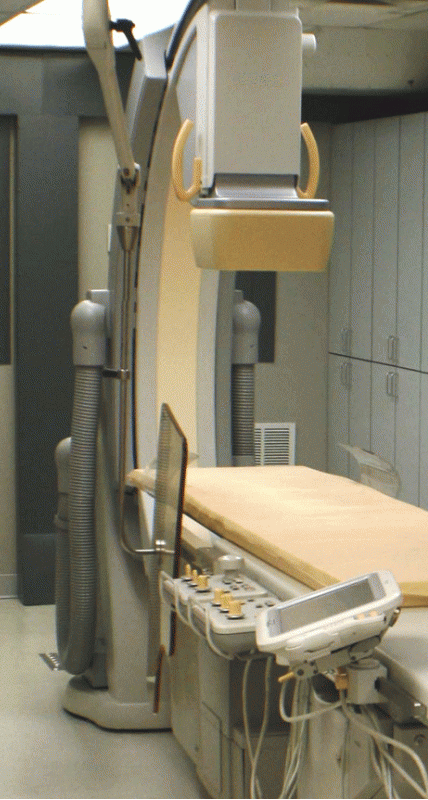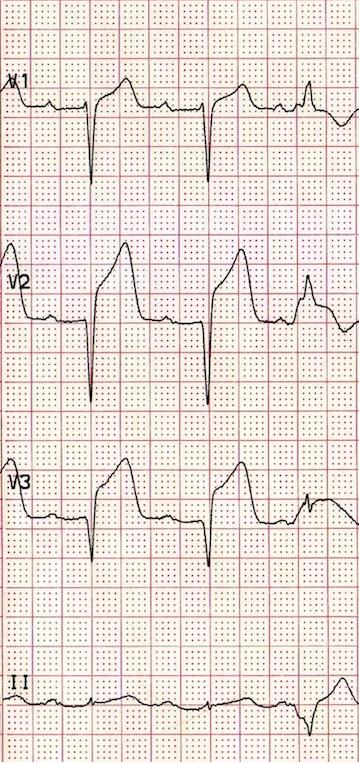Introduction
What is Cardiac Catheterization?
Cardiac Catheterization is the insertion and passage of catheters through the arteries and veins to the heart to obtain x-ray images and measure pressures in the heart. The x-ray images, or angiography, are performed to view the coronary arteries and diagnose coronary artery disease, as well as identify diseases of the aorta and pulmonary vessels. Besides providing diagnostic information, the cardiac catheterization performs catheter based interventions to treat cardiovascular disease.
(The Cardiac Catheterization Handbook, 4th Edition, Kern M.)
History of Cardiac Catheterization
The first Cardiac Catheterization was performed by Claude Bernard in 1844 by passing catheters into both the right and left ventricles of a horse using the jugular vein and carotid artery. This procedure began an era of investigation of cardiovascular physiology in animals that resulted in important techniques used today. These techniques include pressure manometry and the Fick cardiac output method.
The first Cardiac Catheterization on a human being was performed by Werner Forssmann. At the age of 25, he passed a catheter through one of his left antecubital veins and guided it by fluoroscopy until the catheter entered his right atrium. He then walked to the Radiology Department, where the catheter position was documented by chest x-ray.
Further developments came rapidly. Retrograde Left Heart Catheterization was first reported by Zimmerman and Limon Lason in 1950. Seldinger developed a percutaneous technique for both left and right heart catheterization in 1953. Selective coronary arteriography was developed by Sones in 1959. This technique was modified for a percutaneous approach by Judkins in 1967. In 1970 a balloon-tipped flow-guided catheter technique was introduced by Swan and Ganz. Gruntzig introduced the technique of coronary angioplasty in 1977. These developments have paved the way for how the procedure is performed today.

